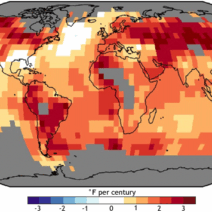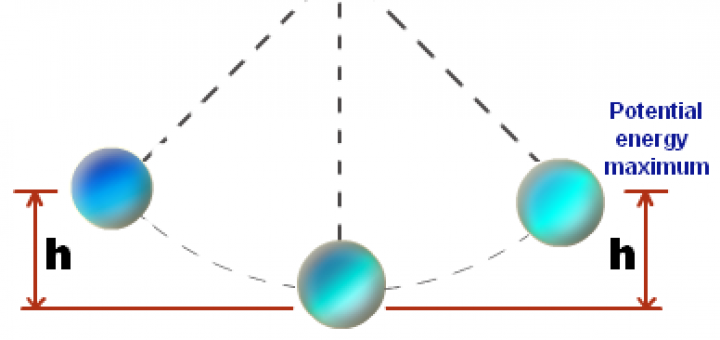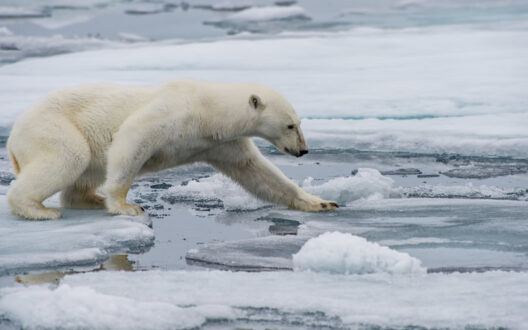The Universal Law of Conservation of Energy, a fundamental principle that governs our universe, asserts that energy cannot be created or destroyed; it can only transform from one form to another. This principle resembles a grand, cosmic ballet where energy performs a mesmerizing dance, shifting gracefully from kinetic to potential, thermal to radiant, and back again. Just as a masterful conductor leads an orchestra, energy flows seamlessly through various forms, maintaining an immutable balance that underscores the very fabric of reality.
This law is not merely a theoretical abstraction—it permeates our daily lives and the intricate workings of the world around us. Imagine, for a moment, the sun as a colossal dynamo, tirelessly radiating energy. This solar energy drives photosynthesis in plants, which subsequently forms the foundation of the food chain. From plants, energy transfers to herbivores, and then onward to carnivores, demonstrating not just a cycle of life but a continuous transformation of energy. Each stage highlights the essence of the conservation principle, as the energy manifests in different forms but remains ever-present.
To better understand the law, it is crucial to explore its historic origins. The concept traces back to the early 19th century, with pivotal contributions from scientists such as Joule, Helmholtz, and Mayer. Their concerted efforts elucidated the notion that energy, despite its changing forms, remains a constant in the universe. Through rigorous experimentation, they revealed that mechanical work could produce heat, and chemical transformations could yield motion. This was the genesis of our understanding that energy, while multifaceted, is eternally conserved.
The concept can be likened to a grand bank account. Consider energy as currency: you can transfer it between different accounts—kinetic energy being the funds in motion, while potential energy resides in waiting, poised for action. When an object falls, it’s akin to withdrawing money from the potential energy account and depositing it into the kinetic energy account, illustrating the exquisite flow of energy as it navigates various states. This metaphor underscores not only the interconnectivity of energy transformations but also highlights its omnipresence in our lives.
As we delve deeper into the implications of the Law of Conservation of Energy, it is essential to examine its applications across various domains. In mechanical systems, the law ensures that the total energy—kinetic plus potential—remains unchanged in an isolated system. For instance, a pendulum swings back and forth, converting potential energy at its highest point to kinetic energy at its lowest, elucidating the foundational principles of mechanics. While there are losses—thermal energy dissipated as heat due to friction—the total energy remains accounted for, reinforcing the law’s veracity.
Moreover, this law plays a critical role in thermal dynamics. In heat engines, for example, the transformation of thermal energy into mechanical energy is governed by conservation principles, which dictate efficiency and work output. The cycles of energy in these systems demonstrate the law’s practical significance in engineering and technology, encapsulating how we harness energy to power our lives—from vehicles to power plants.
The implications extend further into the realms of ecological and environmental science. Ecosystems are intricate networks where energy flows from the sun, through producers and consumers, and ultimately to decomposers. This flow of energy underpins biodiversity and ecological stability. By tracing the energy pathways, one uncovers the delicate balance that sustains life on Earth—a balance that reflects the conservation principle inherently.
Additionally, the Law of Conservation of Energy is immensely relevant in discussions surrounding renewable energy and sustainability. As society grapples with energy consumption and climate change, the need to conserve and transform energy efficiently becomes paramount. Transitioning from fossil fuels to renewable resources like wind and solar energy embodies the application of this law, facilitating a shift toward sustainable energy practices while acknowledging the perpetual nature of energy transformations.
We must recognize that while energy is conserved in a closed system, our planet is an open system. This distinction is crucial as it implies that the ebb and flow of energy, although conserved, is intricately tied to our environmental practices. Each time fossil fuels are burned, energy is released in the form of heat and work, yet the repercussions extend beyond mere energy conversion; they affect our atmosphere, ecosystems, and ultimately, our climate.
In conclusion, the Universal Law of Conservation of Energy serves as a cornerstone in understanding the dynamics of our world. It is a principle that embodies a cosmic truth: while energy may morph into various forms, its essence remains unchanged. This understanding calls upon individuals, communities, and nations to reflect on our energy practices, urging a shift towards sustainable transformations that honor this fundamental law. As the sun continues to shine, the dance of energy persists, inviting us to engage thoughtfully with its many forms, forging a path towards an energy-conscious future.







